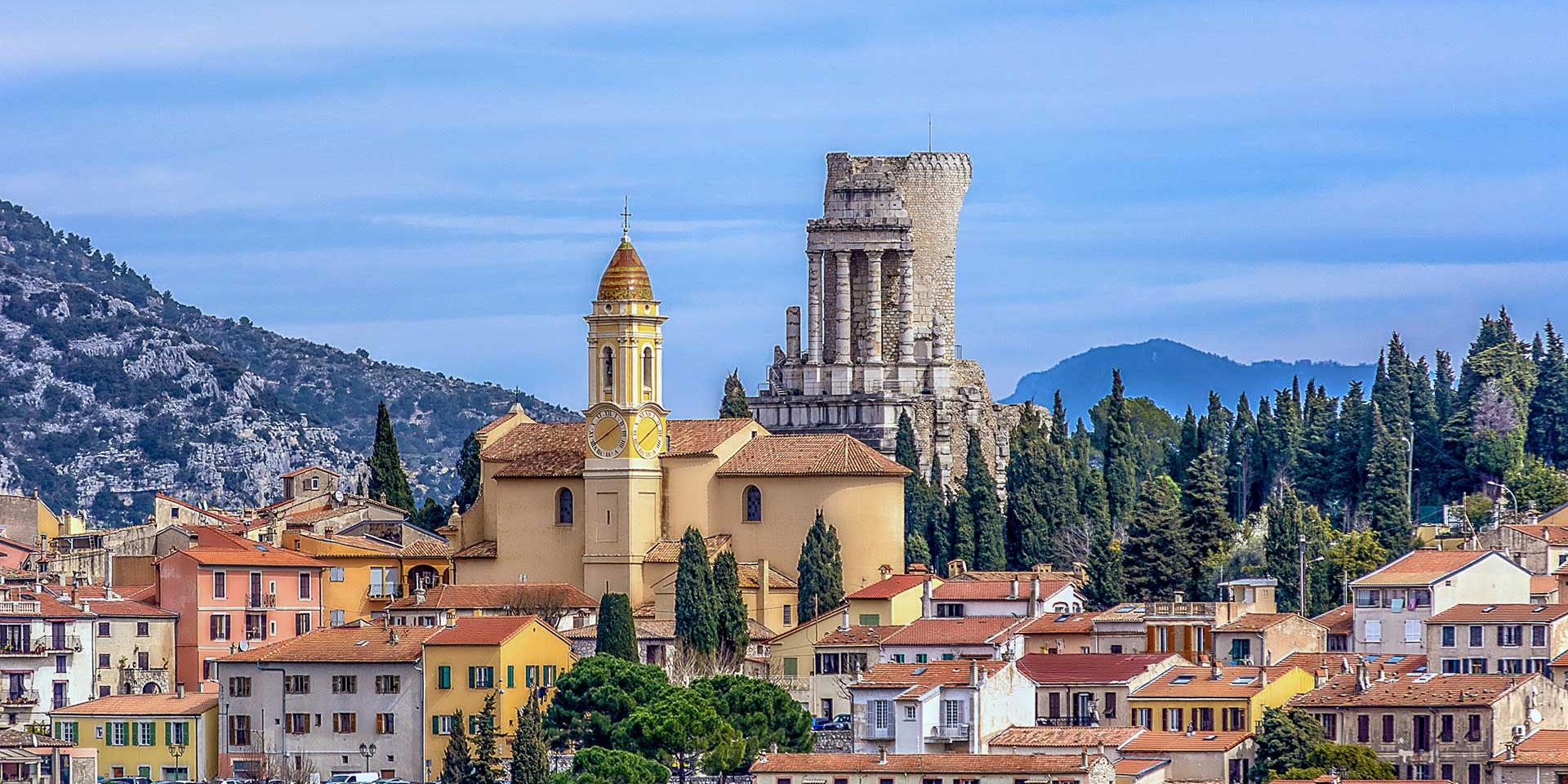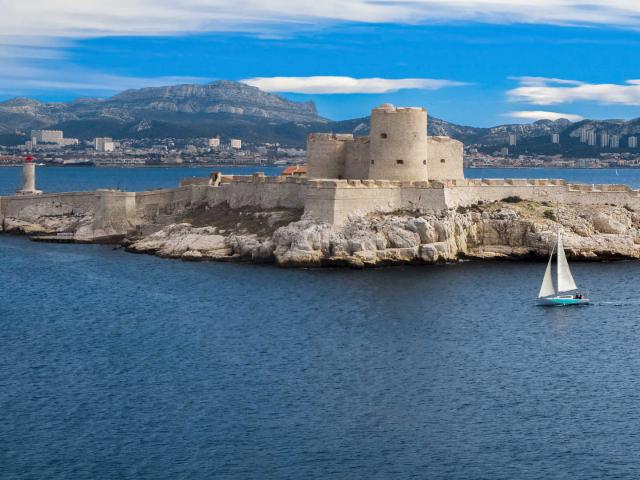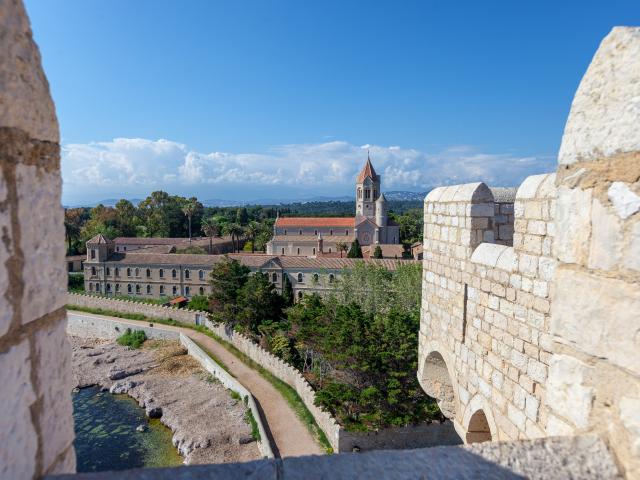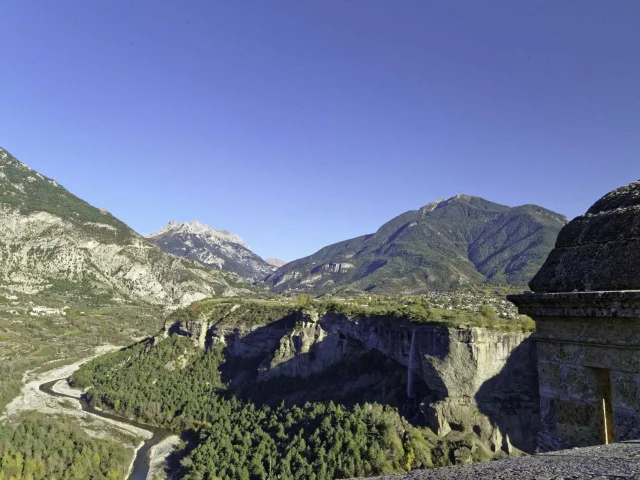1. Spotting the UNESCO-listed sites
The greatest treasures of the Sud region aren’t necessarily jealously hidden or mysteriously buried like those of the Knights Templar, but are, on the contrary, accessible to all! Many sites on the Provence-Alpes-Côte d’Azur territory are listed in the Unesco World Heritage. Like uncut diamonds in the Sud region’s treasure chest, they showcase the local agricultural and cultural heritage. From the fortifications of Briançon and Mont-Dauphin in the Hautes-Alpes to the Roman monuments in Arles, and of course Nice, the Riviera’s tourism capital, the Cité Radieuse in Marseille, Avignon’s historical centre, to the Géoparc de Haute-Provence, there’s plenty of choice. And these visits will surely fill your eyes and heads with contemplation and stories worth their weight in gold.
























